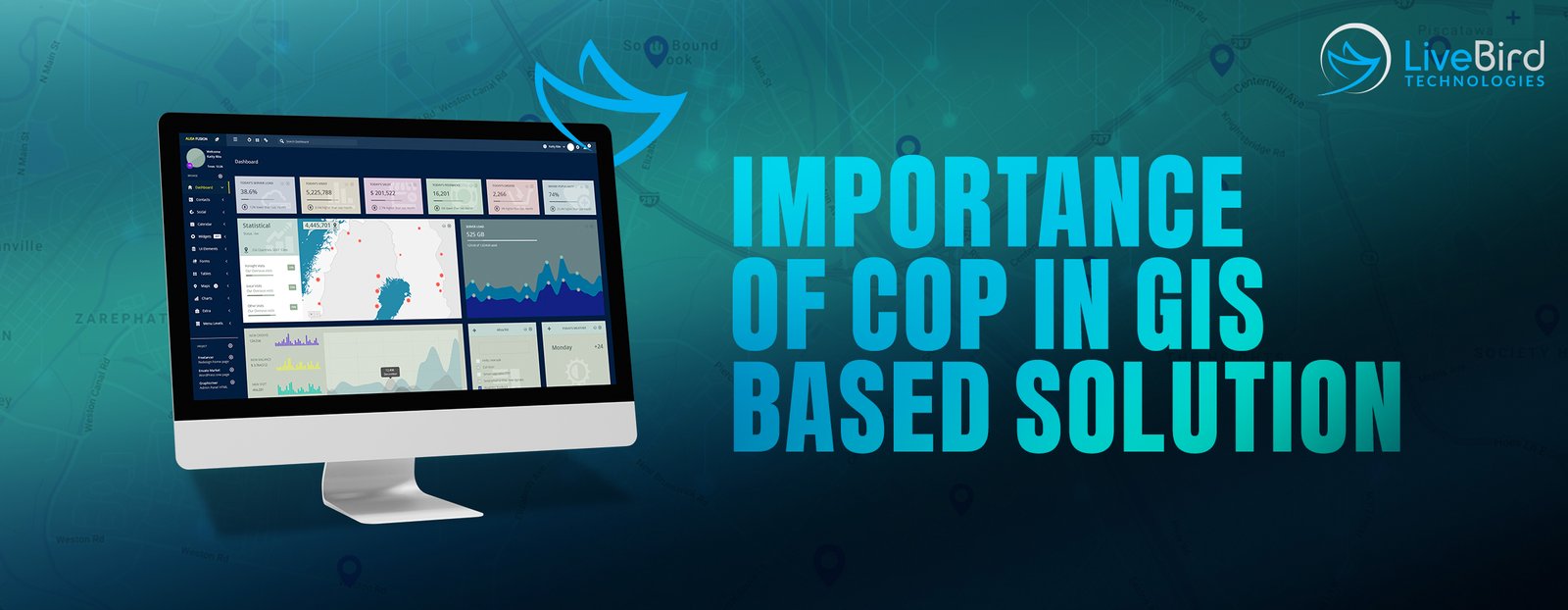Importance of COP (Common Operating Picture) in GIS Solutions
1. Enhanced Situational Awareness:
- COP provides real-time, integrated views of data, allowing users to have a comprehensive understanding of the operational environment. This is vital for emergency response, urban planning, environmental monitoring, and other GIS applications.
2. Collaboration and Coordination:
- By using COP, multiple stakeholders—such as government agencies, private sectors, and NGOs—can share a common view of the situation. This improves coordination, reduces misunderstandings, and ensures that everyone is working with the same up-to-date information.
3. Efficient Resource Management:
- A COP allows decision-makers to see the current status and distribution of resources spatially. This can be critical for allocating resources efficiently in scenarios like disaster management, where time-sensitive decisions are required.
4. Real-Time Data Integration:
- COP enables the integration of various layers of GIS data, including satellite imagery, sensor feeds, and social media data. This real-time integration helps users to visualize evolving conditions, identify trends, and make data-driven decisions.
5. Improved Decision-Making:
- With a unified operational picture, GIS-based solutions can offer predictive analytics, simulations, and scenario-based planning. This helps decision-makers to evaluate possible outcomes and choose the best course of action based on accurate spatial data.
6. Crisis Management and Emergency Response:
- During disasters (such as floods, earthquakes, or pandemics), a COP allows teams to monitor affected areas, track rescue operations, and coordinate responses in real-time using GIS data. It also helps to identify safe routes, shelters, and high-risk zones.
7. Data Sharing Across Platforms:
- COPs facilitate data sharing across different platforms and organizations. This interoperability ensures that different GIS tools and stakeholders have access to consistent and updated geographic information for their operations.
8. Historical Data Analysis:
- In addition to real-time data, COPs in GIS can incorporate historical data, allowing users to analyze past events and understand trends or patterns. This is particularly useful in disaster preparedness and planning.
9. Scalability:
- COP solutions in GIS are often scalable, meaning they can be used for small, localized operations (e.g., municipal planning) or large, global operations (e.g., international disaster relief).
10. Informed Public Engagement:
- GIS-based COPs can also be used to inform and engage the public by sharing maps, updates, and visualizations, fostering transparency and collaboration with communities.
Overall, the integration of COP in GIS-based solutions enables a holistic view of spatial data, fosters collaboration, and supports timely, informed decision-making across a wide range of industries and applications.
At Livebird Technologies Pvt. Ltd. we provide robust COP and Dashboard-based custom GIS solutions at the most affordable and economical rates which start just from 20 USD/Hour for GIS Development.








